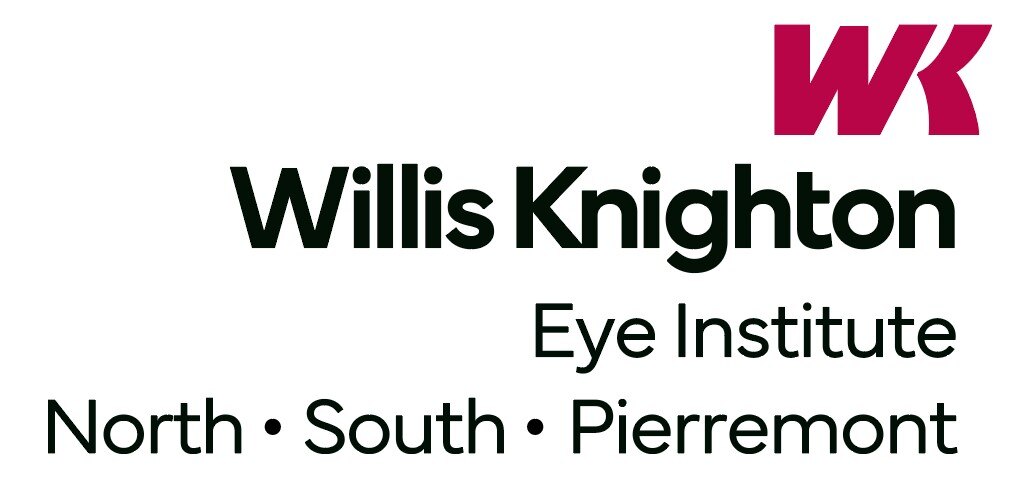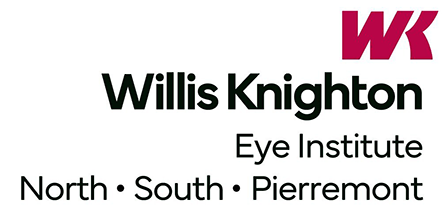As we age, our vision inevitably changes, presenting challenges that can affect our quality of life. This article explores the physiological alterations in the eyes due to aging, such as presbyopia, cataracts, and age-related macular degeneration (AMD), and offers effective strategies for managing these changes. By understanding these conditions and adopting proactive measures, individuals can maintain optimal eye health well into their later years. Join us as we delve into the impacts of how aging affects vision and learn how to adapt to these changes effectively.
Understanding Presbyopia and How to Manage It
Presbyopia is a common vision condition that emerges typically after age 40, characterized by a gradual loss of the eye’s ability to focus on close objects. This condition stems from the hardening of the lens inside the eye, making it less flexible and reducing its ability to adjust focus from distant to near objects.

Symptoms of presbyopia include a noticeable difficulty in reading small print, the need to hold reading materials at arm’s length, and eye strain or headaches from close work. These signs often worsen in low-light conditions.
To manage presbyopia effectively, several corrective options are available:
- Reading Glasses: Simple and convenient for quick tasks like reading labels or menus.
- Bifocals: Combine two different lens powers to assist with both near and distant vision without changing glasses.
- Progressive Lenses: Offer a smooth transition between multiple lens powers, providing clarity at all distances without visible lens lines.
Adopting the right corrective lenses can significantly enhance vision clarity and comfort, allowing individuals to continue enjoying daily activities without compromise. Regular consultations with an eye care professional ensure optimal management of presbyopia as it progresses.
Cataracts: Symptoms, Causes, and Treatment Options
Cataracts are a leading cause of vision impairment among the elderly, characterized by the clouding of the eye’s natural lens. This condition develops gradually, often distorting or blurring vision, and can lead to sensitivity to glare and a dulling of colors. The primary causes include aging, prolonged exposure to ultraviolet light, diabetes, and certain medications.
Symptoms that indicate the presence of cataracts include:
- Blurred or cloudy vision
- Difficulty with vision at night
- Sensitivity to light and glare
- Seeing ‘halos’ around lights
For managing cataracts, treatment options vary based on the severity of the condition. Early stages may require only updated prescription glasses, but as cataracts progress, surgical options become necessary. Cataract surgery, one of the most common and effective treatments, involves replacing the clouded lens with a clear artificial one. This procedure is highly successful in restoring vision.
Regular eye exams play a crucial role in the early detection and management of cataracts. Eye care professionals can monitor changes in vision and recommend timely interventions, ensuring that individuals maintain the best possible vision throughout their aging process.
Age-Related Macular Degeneration (AMD): Risks and Prevention
Age-Related Macular Degeneration (AMD) is a significant concern for aging individuals, primarily affecting the central part of the retina and impairing the sharp central vision needed for activities like reading and driving. AMD comes in two types: dry, which is more common and involves the gradual thinning of the macula, and wet, which is characterized by abnormal blood vessel growth under the retina, leading to more severe vision loss.
Risk factors for AMD include:
- Age over 50
- Family history of AMD
- Smoking
- High blood pressure
- Obesity
- Prolonged sun exposure
Preventive measures are crucial in managing the risk of AMD. These include:
- Regular eye exams: Essential for early detection and management.
- Diet rich in antioxidants: Foods high in vitamins C and E, zinc, and lutein can help reduce the risk.
- Stop Smoking: Smoking significantly increases the risk of AMD.
- Protective eyewear: Sunglasses that block UV rays can protect the eyes from sun damage.
Adopting these lifestyle changes and monitoring eye health through regular check-ups can significantly mitigate the risk of AMD and preserve vision quality.
Aging and Vision: Strategies for Maintaining Eye Health
Adapting to age-related vision changes involves practical adjustments to daily life that can significantly enhance visual comfort and functionality. Adequate lighting is crucial; ensuring that homes and workplaces are well-lit can reduce eye strain and improve clarity.
Incorporating a balanced diet rich in eye-healthy nutrients also plays a vital role in maintaining eye health. Key nutrients include:
- Omega-3 fatty acids: Found in fish and flaxseeds, they support retinal health.
- Vitamin C and E: Antioxidants that protect eyes from oxidative stress.
- Zinc: Helps in the production of melanin, which protects the eyes.
- Lutein and Zeaxanthin: Found in leafy greens and eggs, they filter harmful high-energy light waves.
Regular use of these adaptive techniques combined with consistent eye care can lead to sustained eye health and a better quality of life as one ages.
The Role of Regular Eye Exams in Healthy Aging
Regular eye exams are essential for detecting and managing age-related vision problems, ensuring that any changes in eye health are addressed promptly. These exams allow eye care professionals to monitor the progression of conditions like presbyopia, cataracts, and AMD and adjust treatment plans as necessary. Early detection through these assessments can significantly improve the effectiveness of treatments and prevent further deterioration of vision.

Regular, yearly eye exams are recommended.
Taking charge of your vision health is crucial, especially as you age. Understanding and adapting to changes such as presbyopia, cataracts, and AMD through regular eye exams and lifestyle adjustments can significantly enhance your quality of life. Embrace strategies like using appropriate lighting, dietary improvements, and protective eyewear to maintain optimal eye health. For more detailed information and personalized care on aging and vision, visit WK Eye Institute to schedule an eye exam and ensure your vision remains clear and healthy for years to come.



